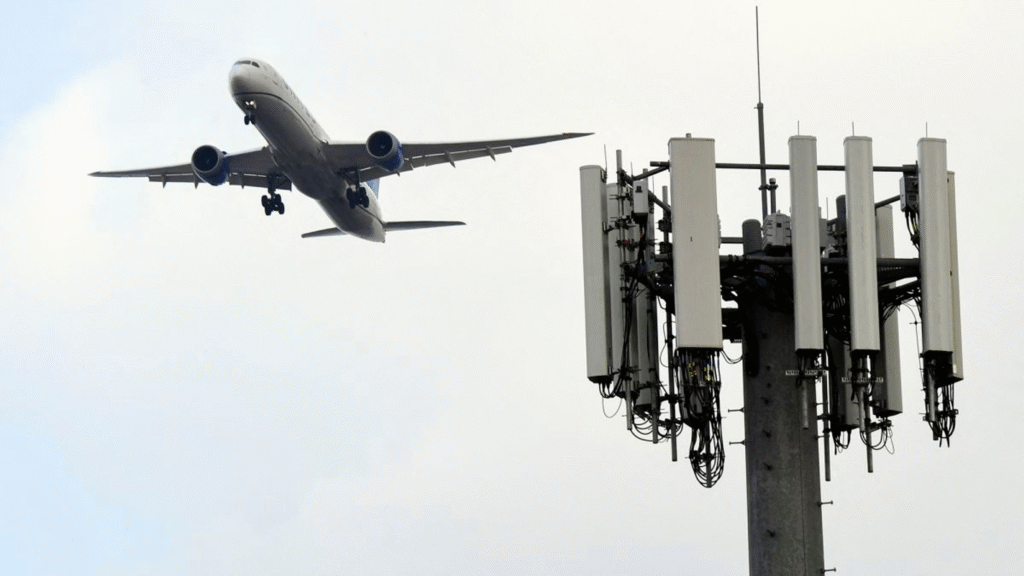
Introduction
As aviation systems become more digital and interconnected, cybersecurity has emerged as a critical component of aviation safety. From airline reservation systems to air traffic control networks and airport infrastructure, East Africa’s aviation ecosystem is increasingly reliant on information technology. However, with this reliance comes exposure to cyber threats that could compromise safety, operations, and passenger data. This article explores the cybersecurity landscape in East African aviation, identifying vulnerabilities, evaluating regional readiness, and suggesting steps to safeguard against growing digital risks.
Digital Transformation in Aviation
Airports and airlines across East Africa are undergoing significant digital transformation. Many have adopted automated check-in systems, e-ticketing, and integrated baggage handling systems. Air Navigation Service Providers (ANSPs) now rely on satellite-based technologies like ADS-B (Automatic Dependent Surveillance–Broadcast) and digital communications for real-time aircraft tracking.
While these advancements enhance efficiency and service delivery, they also introduce new cyber entry points. Cyberattacks on aviation systems—whether through malware, phishing, ransomware, or denial-of-service (DoS) attacks—can result in delayed flights, grounded aircraft, compromised safety data, and, in worst-case scenarios, threats to passenger lives.

East Africa’s Exposure to Cyber Threats
Although East African countries have made strides in aviation infrastructure, cybersecurity preparedness remains uneven. Key threats facing the region include:
- Weak network defenses in airport operations and airline systems.
- Outdated software in critical infrastructure, including air traffic control systems.
- Limited cybersecurity awareness among aviation personnel.
- Underdeveloped national cyber strategies that do not fully address aviation risks.
In 2022, a brief system failure at a major East African airport was reportedly linked to a malware attack on internal airport servers, disrupting flight information displays and baggage handling for several hours. While no safety compromise occurred, the incident highlighted the region’s vulnerability to cyber disruptions.
Air Traffic Control and Navigational Risks
Air traffic management (ATM) systems in East Africa are increasingly digitized and connected to global surveillance networks. These systems are critical for maintaining aircraft separation, issuing instructions, and tracking aircraft location.
However, cyberattacks targeting ATM infrastructure could lead to miscommunication, aircraft routing errors, or even airspace closures. Given the limited redundancy in East Africa’s air navigation infrastructure, a single compromised system could have widespread operational impact. Countries like Tanzania and Ethiopia are in the process of modernizing their ATM systems but must concurrently implement cybersecurity measures to protect them.
Airline Systems and Passenger Data Security
Airlines operating in East Africa—such as Kenya Airways, Uganda Airlines, and RwandAir—use integrated software for reservations, ticketing, and customer communications. These systems store sensitive passenger data, including passport details, payment information, and travel itineraries.
A successful breach of these platforms could lead to identity theft, financial fraud, or even terrorist targeting of flights. While major airlines often use global service providers with robust cybersecurity protocols, locally managed IT systems may be more vulnerable to attack, particularly if hosted on outdated platforms.
Challenges in Building Cyber Resilience
East African aviation stakeholders face several obstacles in achieving cybersecurity maturity:
- Lack of skilled cybersecurity professionals within the aviation sector.
- Budgetary constraints, with cybersecurity often seen as secondary to physical infrastructure.
- Fragmented regulations, with limited alignment between civil aviation authorities and national cybersecurity agencies.
- Limited participation in global cybersecurity initiatives, such as ICAO’s Aviation Cybersecurity Strategy.
For example, some airports still use shared Wi-Fi networks for both administrative and public access, exposing critical systems to potential infiltration. Others outsource IT services to vendors without strict compliance audits, increasing the risk of supply-chain vulnerabilities.
Regional and International Cooperation
Recognizing the threat, several East African states are beginning to collaborate with international partners to strengthen aviation cybersecurity. ICAO and IATA have initiated regional workshops focused on cyber threat awareness and incident response planning. Kenya and Rwanda have introduced national cybersecurity policies that include the aviation sector under critical infrastructure protection.
Additionally, the African Civil Aviation Commission (AFCAC) is working on a continental cybersecurity framework under the African Aviation Safety and Security Program (AFI-SEC). This initiative aims to build common protocols, information-sharing networks, and emergency response capabilities across African aviation stakeholders.
The East African Community (EAC) could also play a role by harmonizing cybersecurity regulations for its member states and promoting shared investment in regional threat monitoring platforms.
Recommendations for Improving Cyber Defenses
To protect aviation safety from cyber threats, East African stakeholders should consider the following measures:
- Conduct cybersecurity audits of all aviation systems, from airport networks to ATC infrastructure.
- Mandate cybersecurity training for aviation personnel, including IT teams, air traffic controllers, and airport managers.
- Invest in modern, segmented IT infrastructure with strict access controls and regular software updates.
- Establish national aviation cybersecurity units that coordinate with civil aviation authorities and emergency response agencies.
- Participate in international threat-sharing platforms to stay informed on evolving risks and best practices.
Private sector involvement is also key. Airlines, airport operators, and tech vendors must collaborate to secure shared digital assets and implement industry-standard encryption and authentication protocols.
Conclusion
Cybersecurity is no longer a peripheral concern in East African aviation—it is central to ensuring operational integrity and passenger safety. As the region’s aviation sector grows, so too will its exposure to cyber threats. By proactively building cyber resilience through training, infrastructure investment, and regional cooperation, East Africa can secure its skies and sustain the trust of passengers, partners, and regulators. A strong cybersecurity posture is not just an IT necessity—it is a safety imperative.


